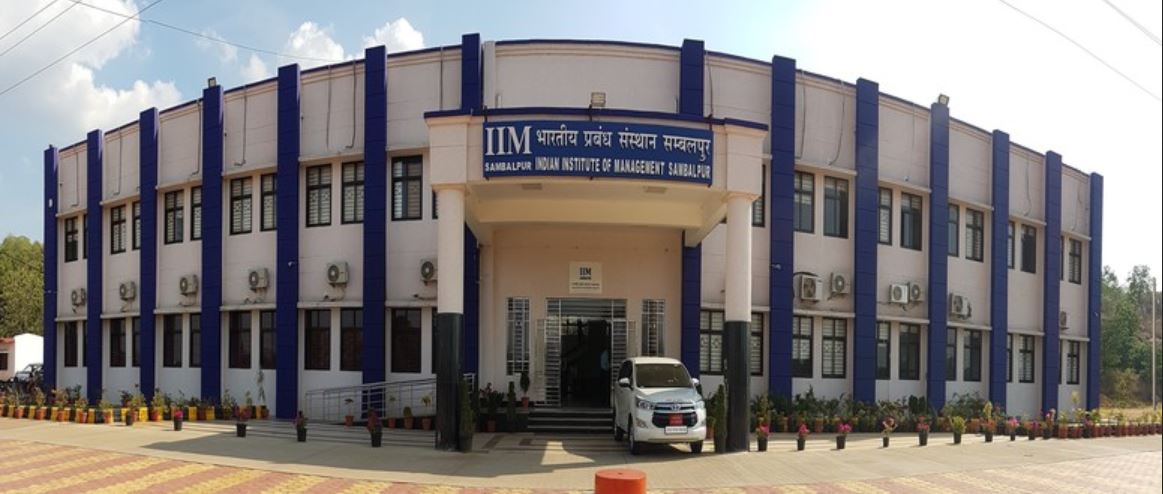Assorted art of Odisha
Away from the heart of metropolises, tribal people scattered all over India live in a world enriched with their peculiar culture and traditions. Exceptionally skilled and gifted, they are pioneers of a fascinating variety of arts and crafts. Their artworks speak volumes about their unmatchable aesthetic sense.
The tribesmen of Odisha, a region famed for its rich tribal culture, have given the place a distinctive cultural and ethnic identity. They hold the honour of boosting the art scene of the place by creating an array of folk painting styles. Guided by intuition and instinct, these talented tribesmen have preserved the art handed down to them by their predecessors.
Among the various painting styles of Odisha, the most prominent ones are:
Patachitras: This genre of painting is classical Odishi style, done on cloth. Before a piece of cloth is transformed into a work of art, artisans coat it with mud paste to make it sturdy and stiff. Once it is painted with motifs in vibrant colours, lacquer is applied on it to give it a fine finish and sheen.
Mostly used as wall hangings, patachitras reflect the vivid imagination of artists. However, a subject widely represented by many is tales from Rama and Krishna’s lives. Other religious themes commonly taken up are scenes from Rasa Lila, Vastra Haran, Kaliya Daman and images of Lord Jagannath.
Chitra Pothi: In this unique kind of art form, palm leaves (chitra pothi) are used for writing and painting. Termed as an indigenous tradition of Orissa, it is believed the skill of writing on palm leaves originated in the medieval period. After an artisan etches out a pattern or a script on a palm leaf with the help of an iron pen (lohankantaka), a paste made with tamarind seeds, oil and charcoal is carefully smeared on it.
The grooves in the leaf hold the solution and the excess is brushed off. The residue filled in grooves highlights the pattern or script distinctly. Often, the pattern is enhanced using bright vegetable and mineral colours.
Artisans often chose religious themes like the images of gods and scriptures from Mahabharata and Ramayana for showcasing their talent through this art. This style of painting is also done on small leaves which can later be used as book marks and greeting cards. The villagers of Raghurajpur and Dandasahi, near Bhubaneswar, are said to have kept alive this ancient art form.
Rock paintings: Evidences of rock paintings, traced in the western part of Odisha, deserve a special mention as studies suggest that they indicate the talents of pre-historic tribes. Paintings found in natural rock shelters at Ulapgarh and Vikram Khol in Sambalpur district, Manikmada and Ushakothi in Sundargarh district, Gudahandi and Yogimatha in Kalahandi district are noteworthy. The paintings done in horizontal, sequential pattern make use of geometrical and floral patterns and depict primitive tribesmen hunting, dancing and fighting.
It is observed that tribesmen used frayed ends of plant twigs to colour paintings with pigments derived from natural sources; they obtained red and brown hues from iron oxides, green from copper compounds and white from lime. It is hinted that the elaborate paintings must have been made by the predecessors of central India and western Orissa.
Saora painting: Among the many painting styles of Orissa, saora painting done by the Saora tribe is widely recognised. The distinctive style of making human figures with right angled triangles, as seen in their ethnic painting called Idital, lends it a unique touch. Traditionally depicting scenes from the routine lives of tribesmen, these paintings are commonly made on the walls of houses.






 IIM Sambalpur
IIM Sambalpur
Leave a Reply